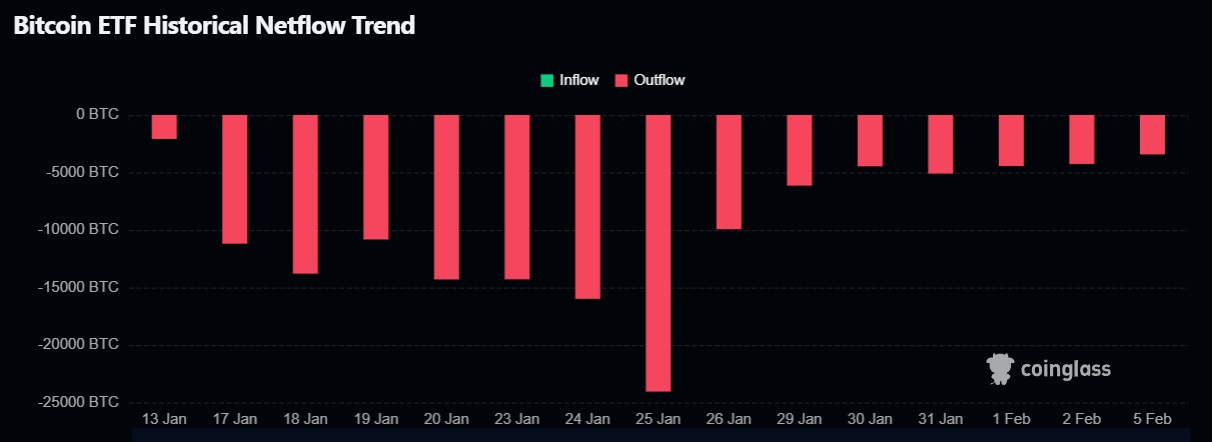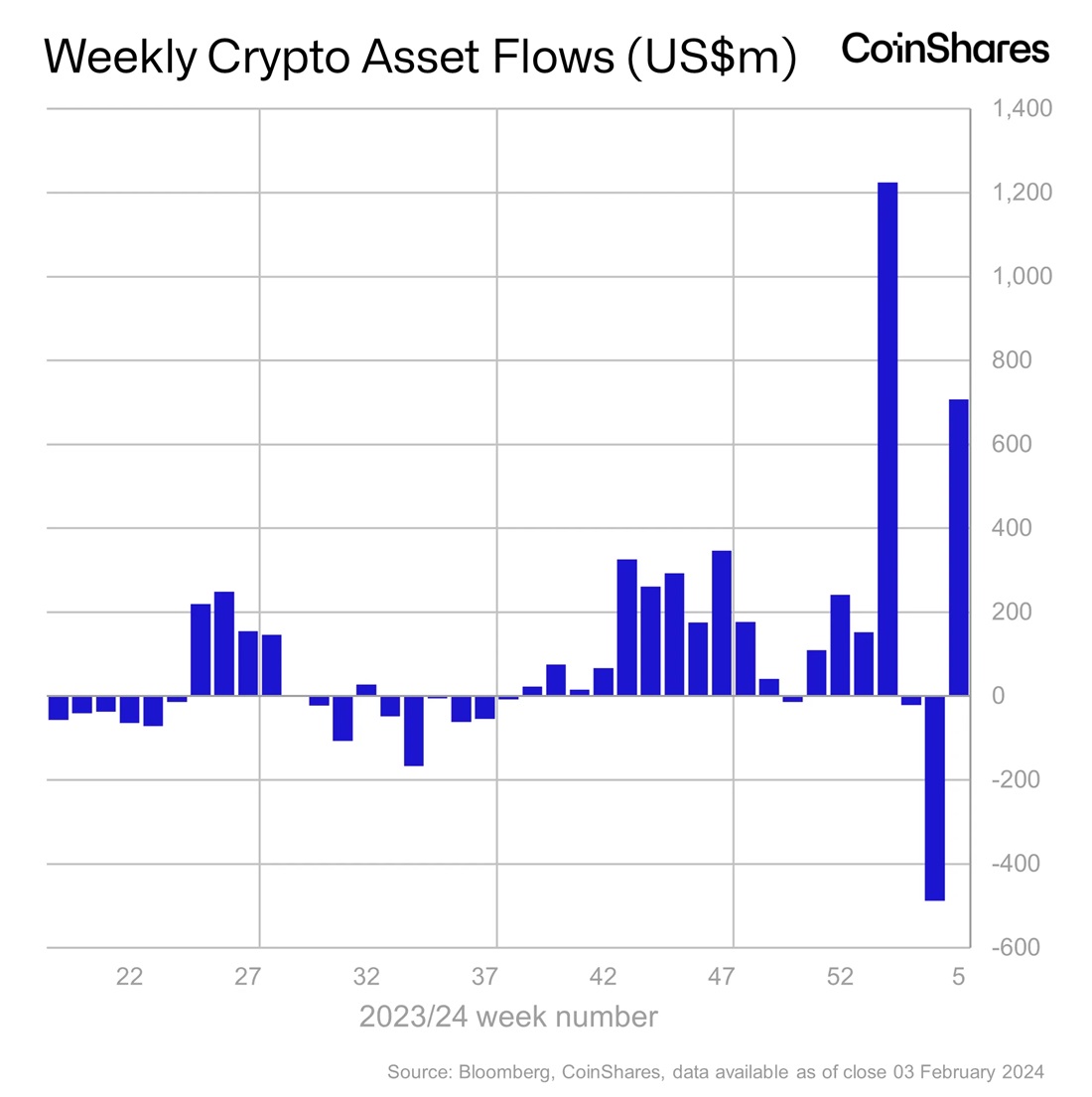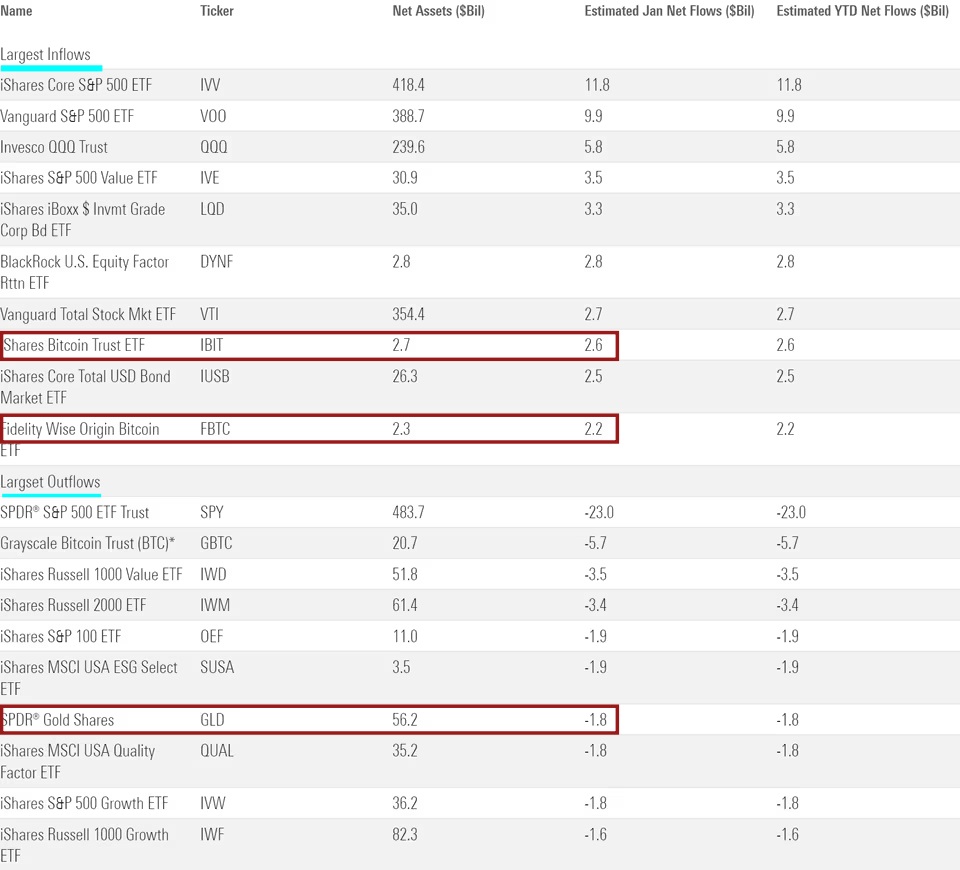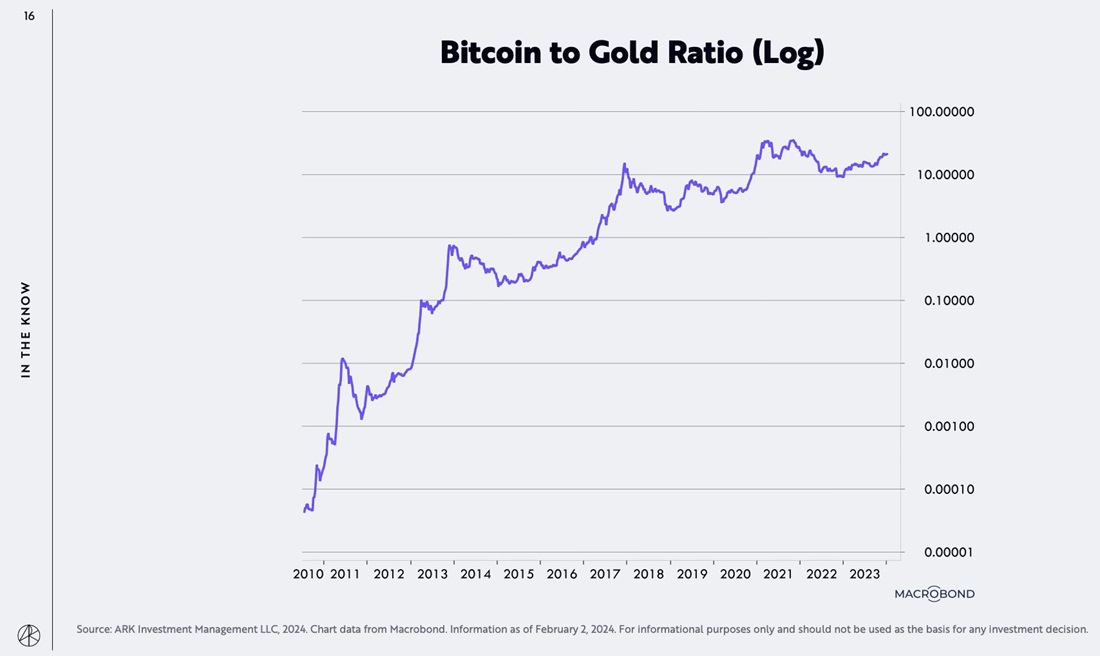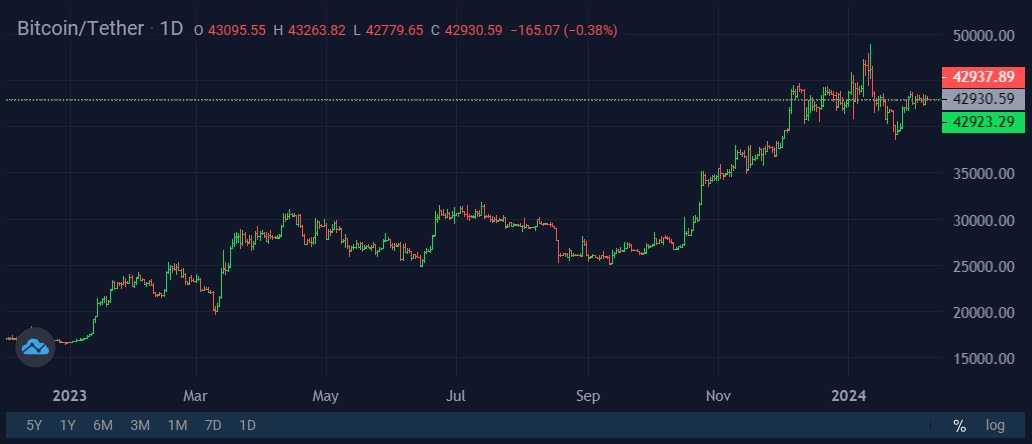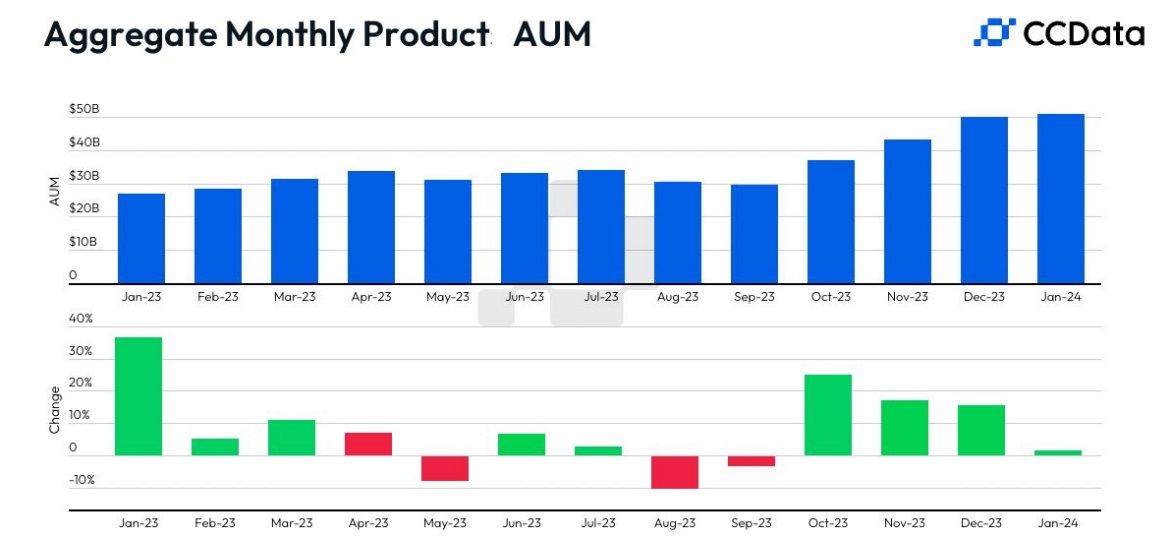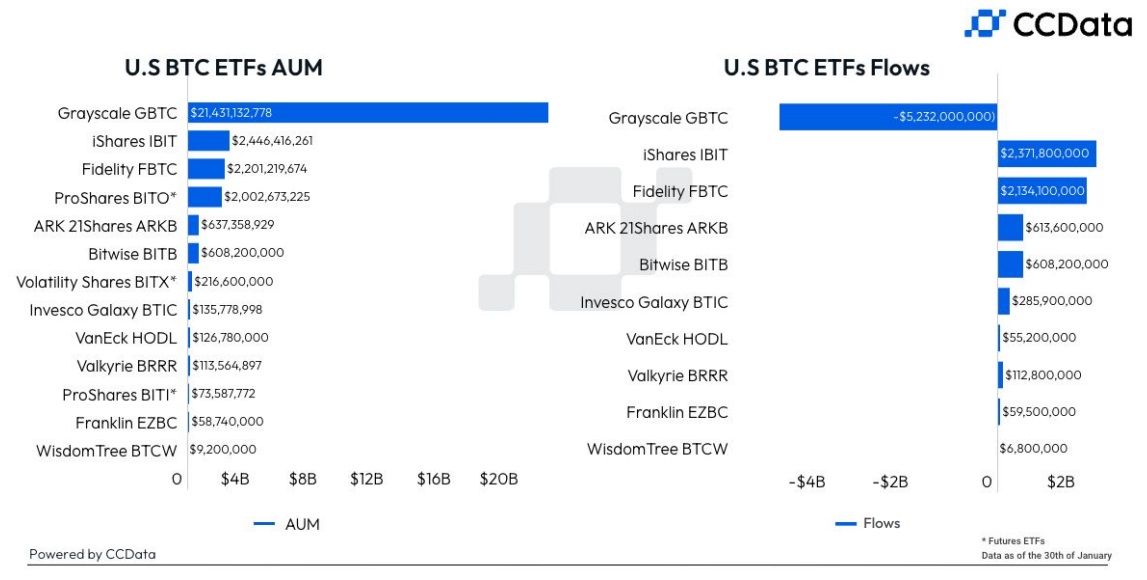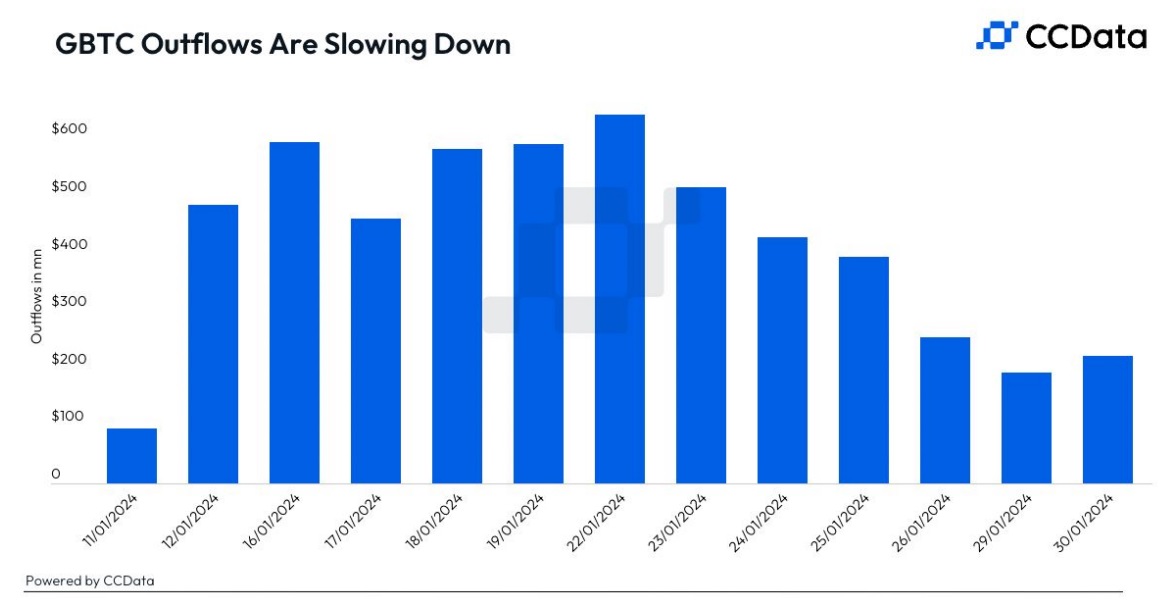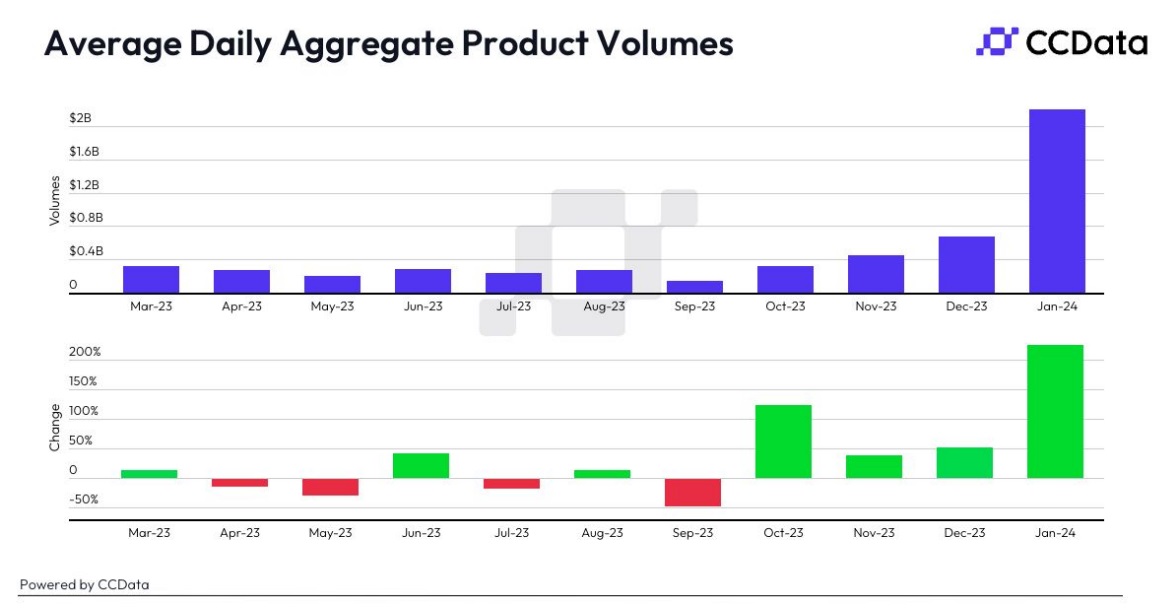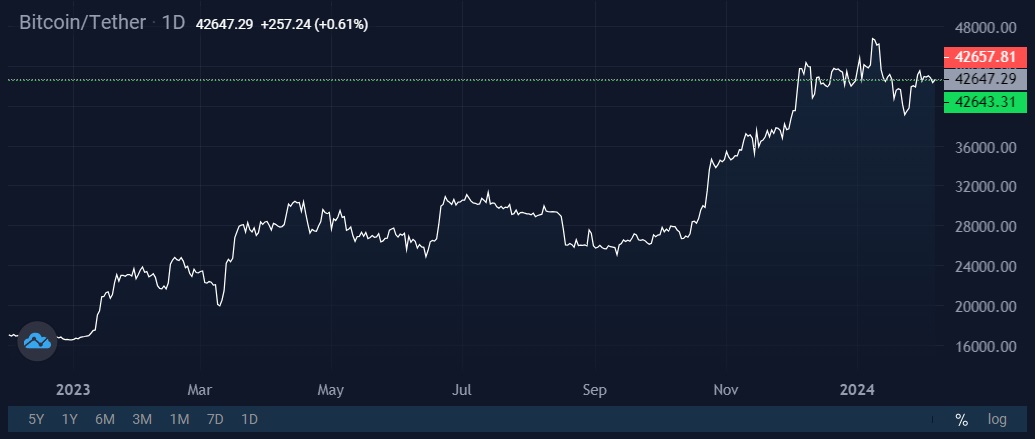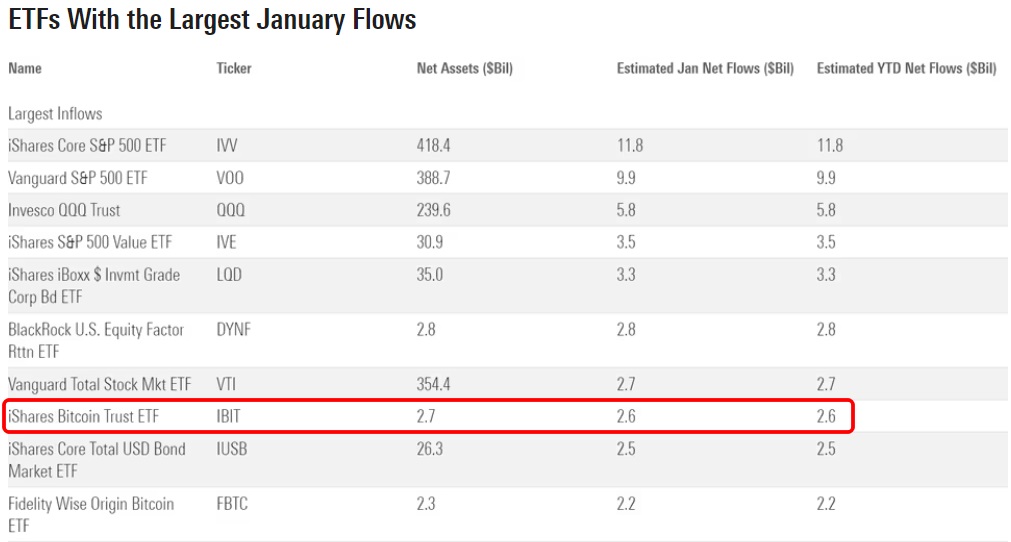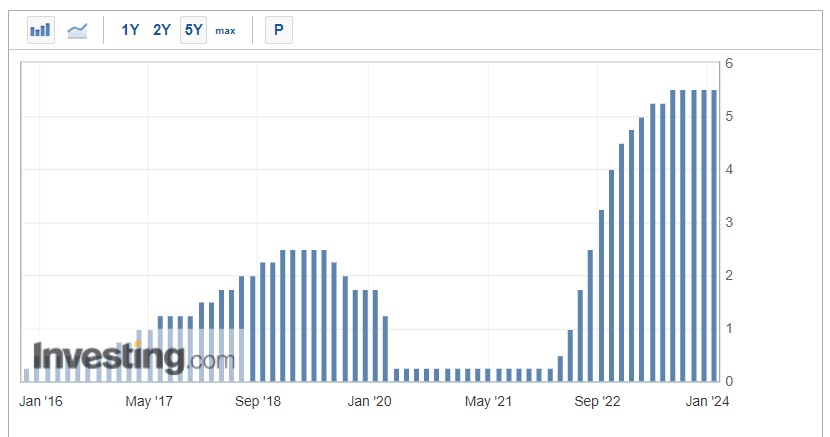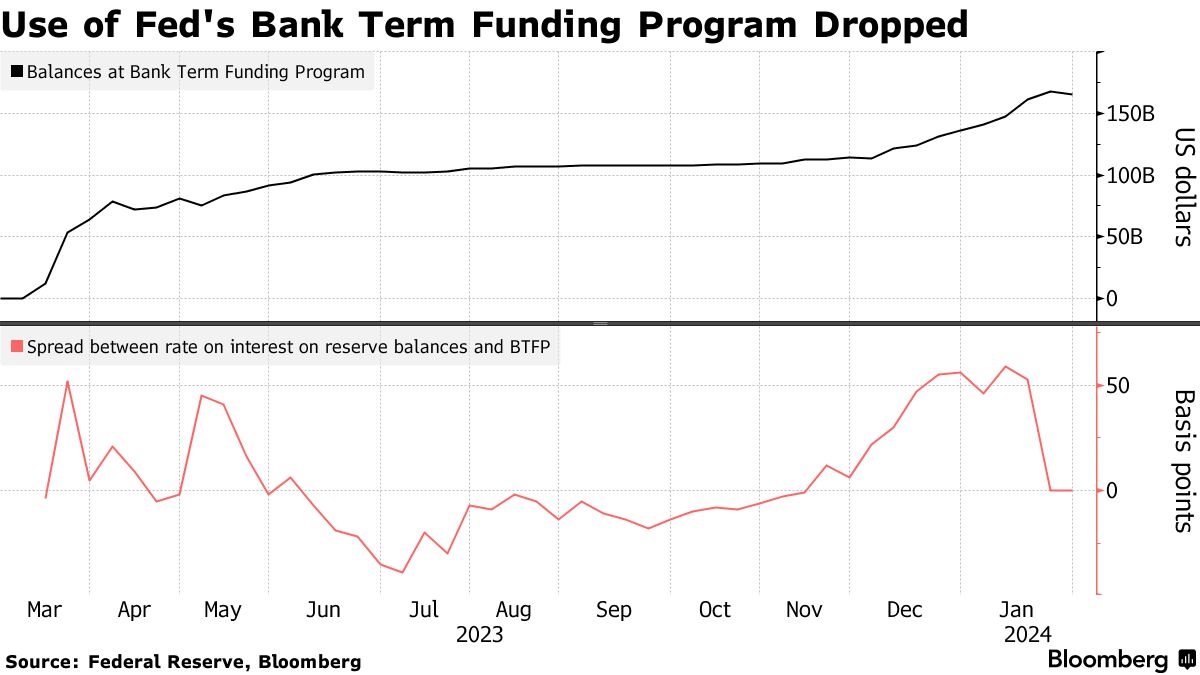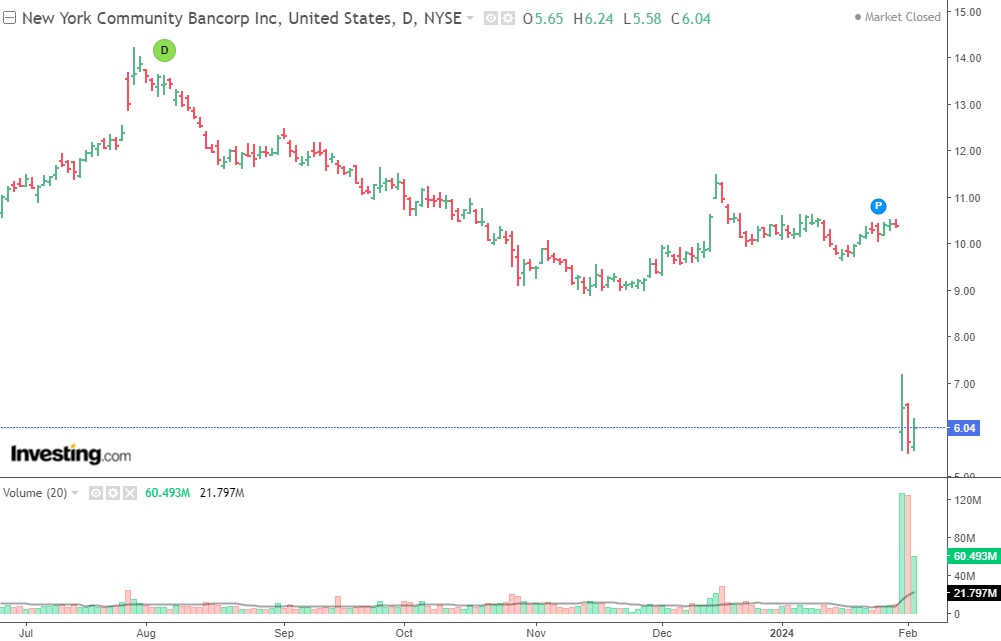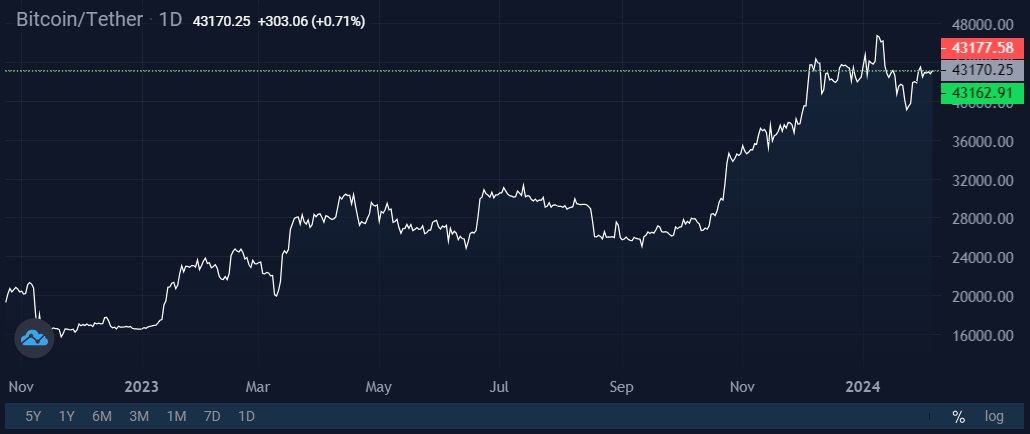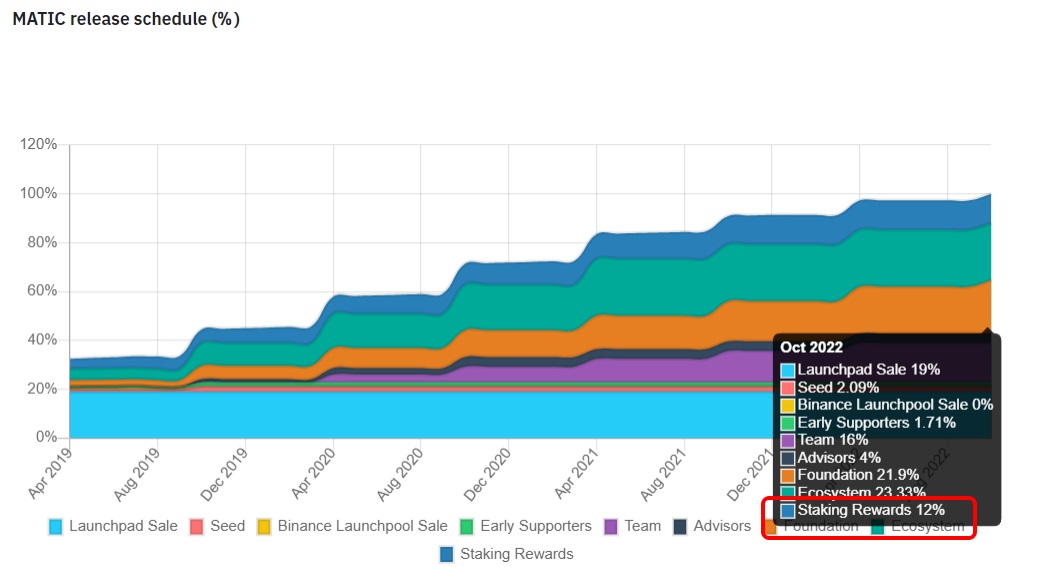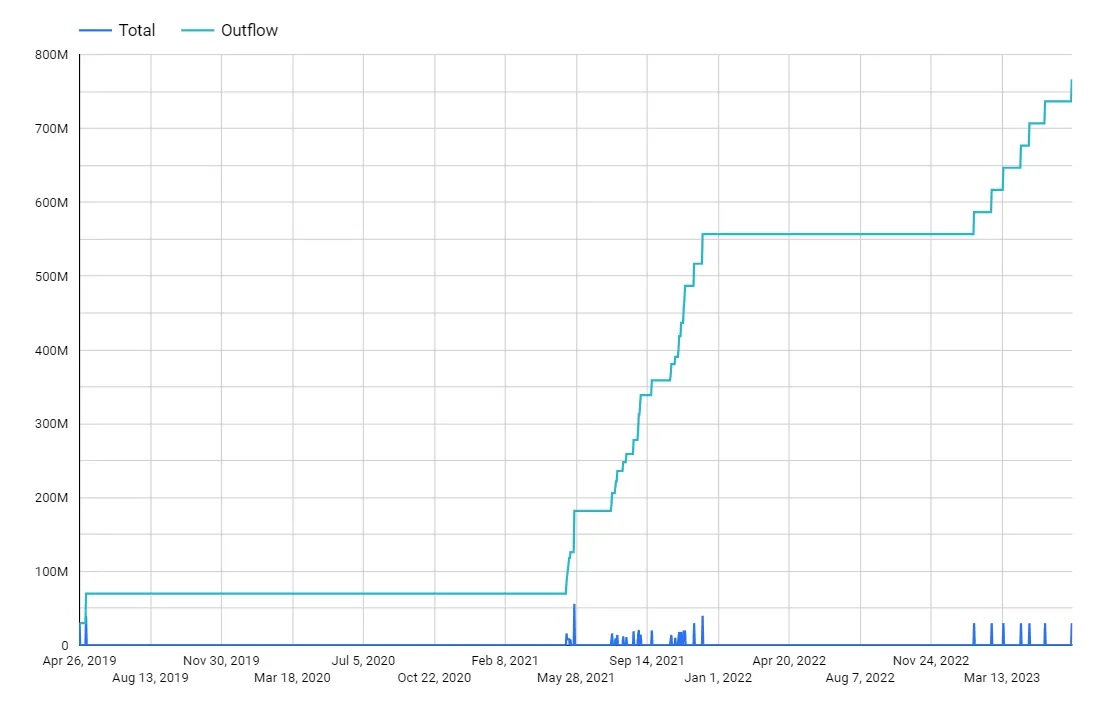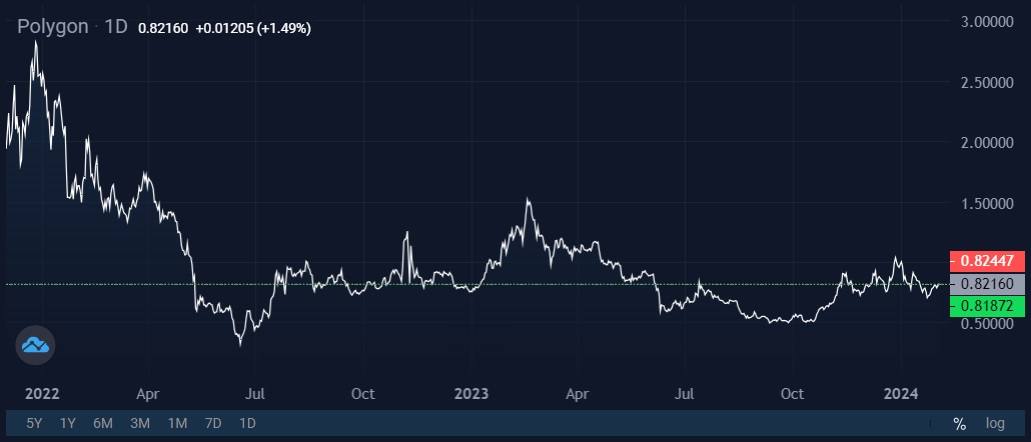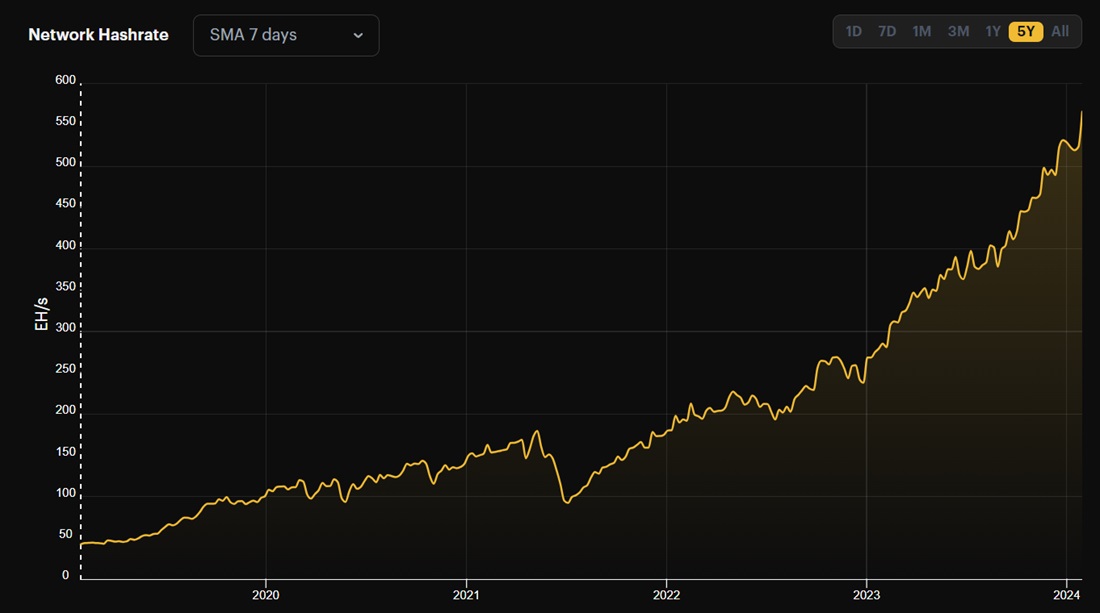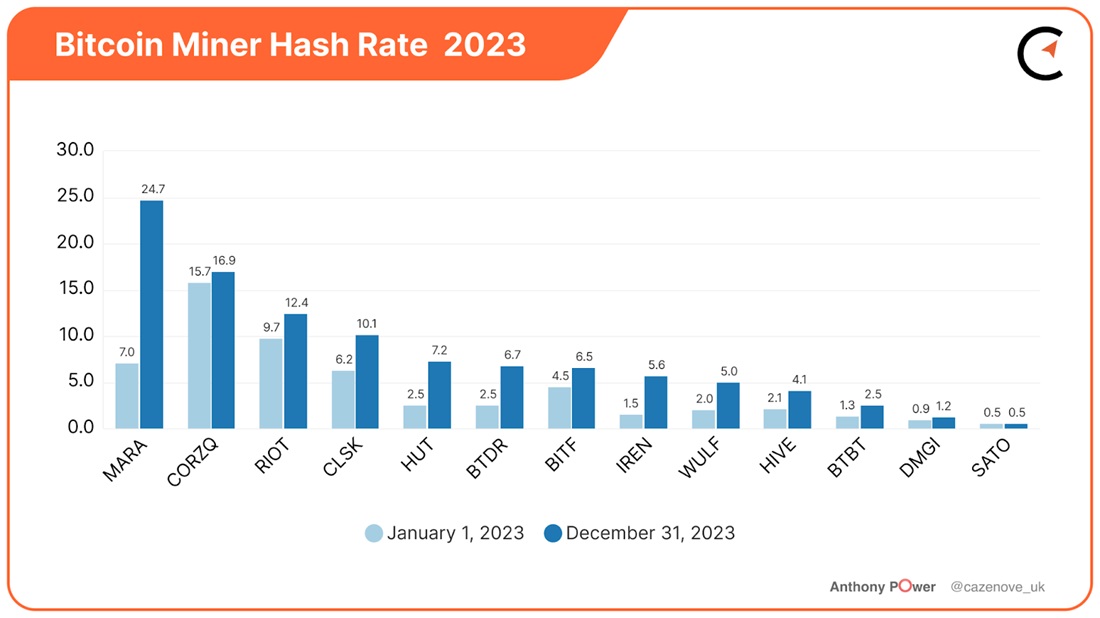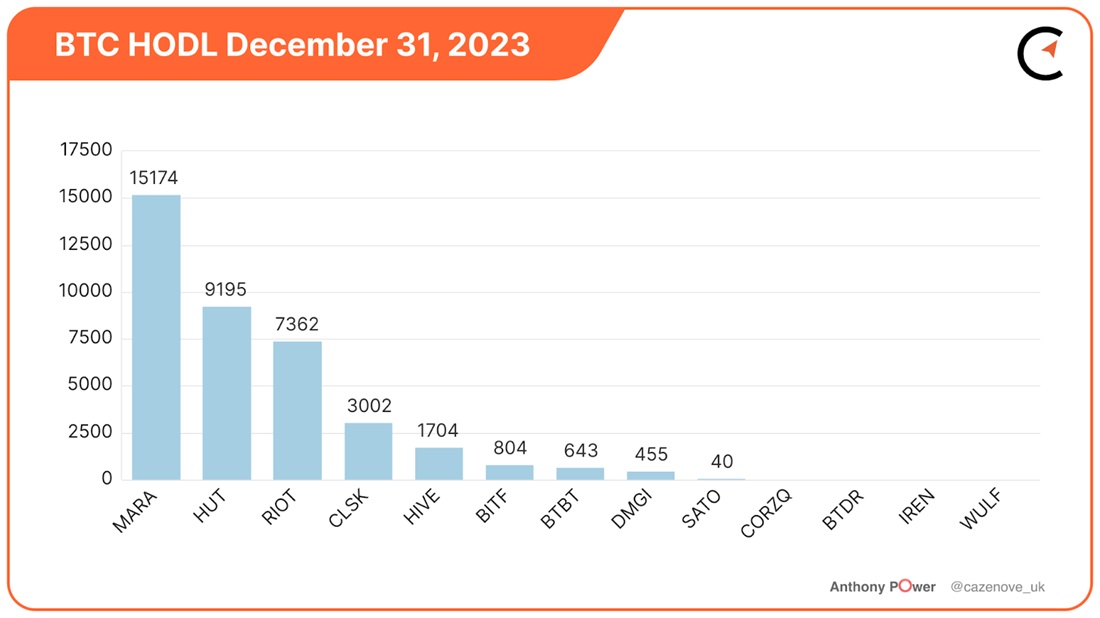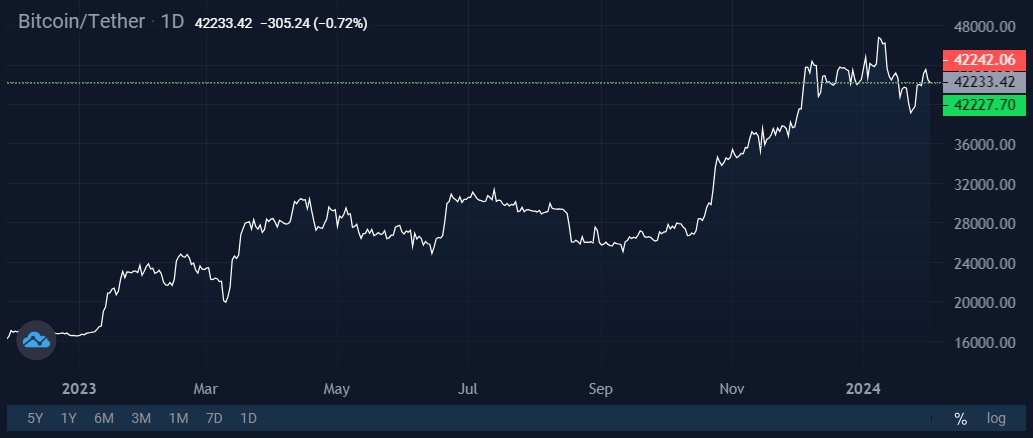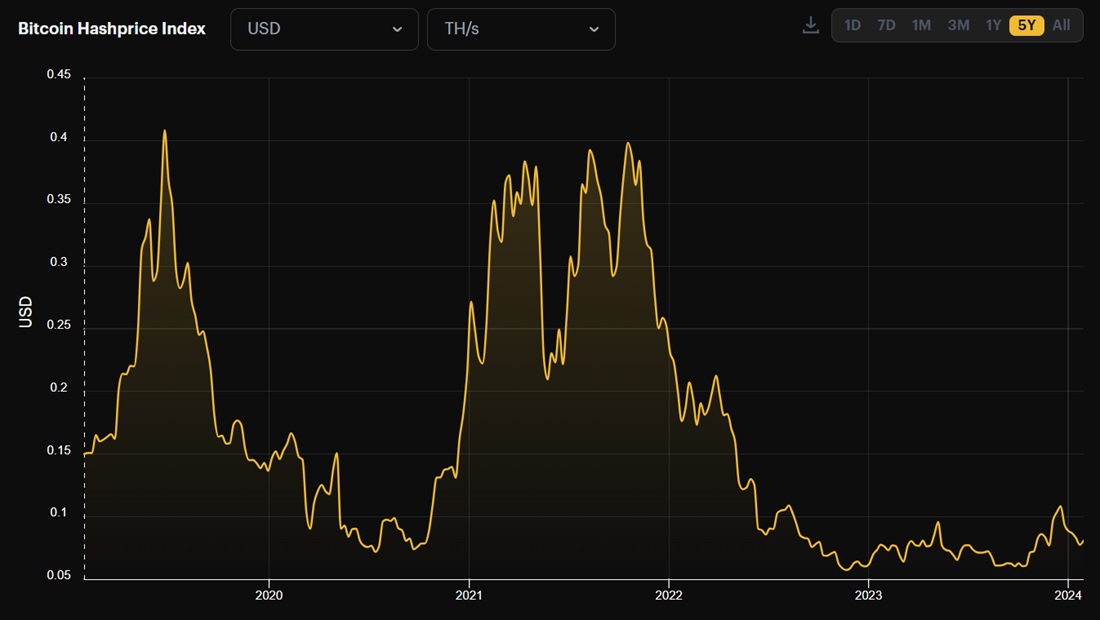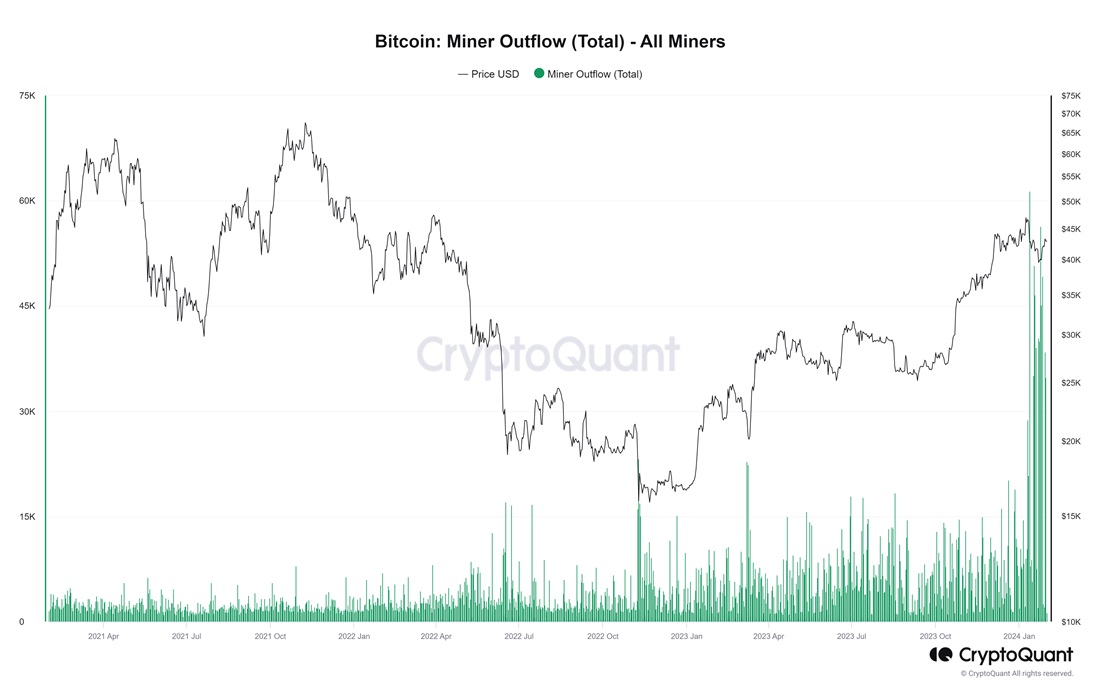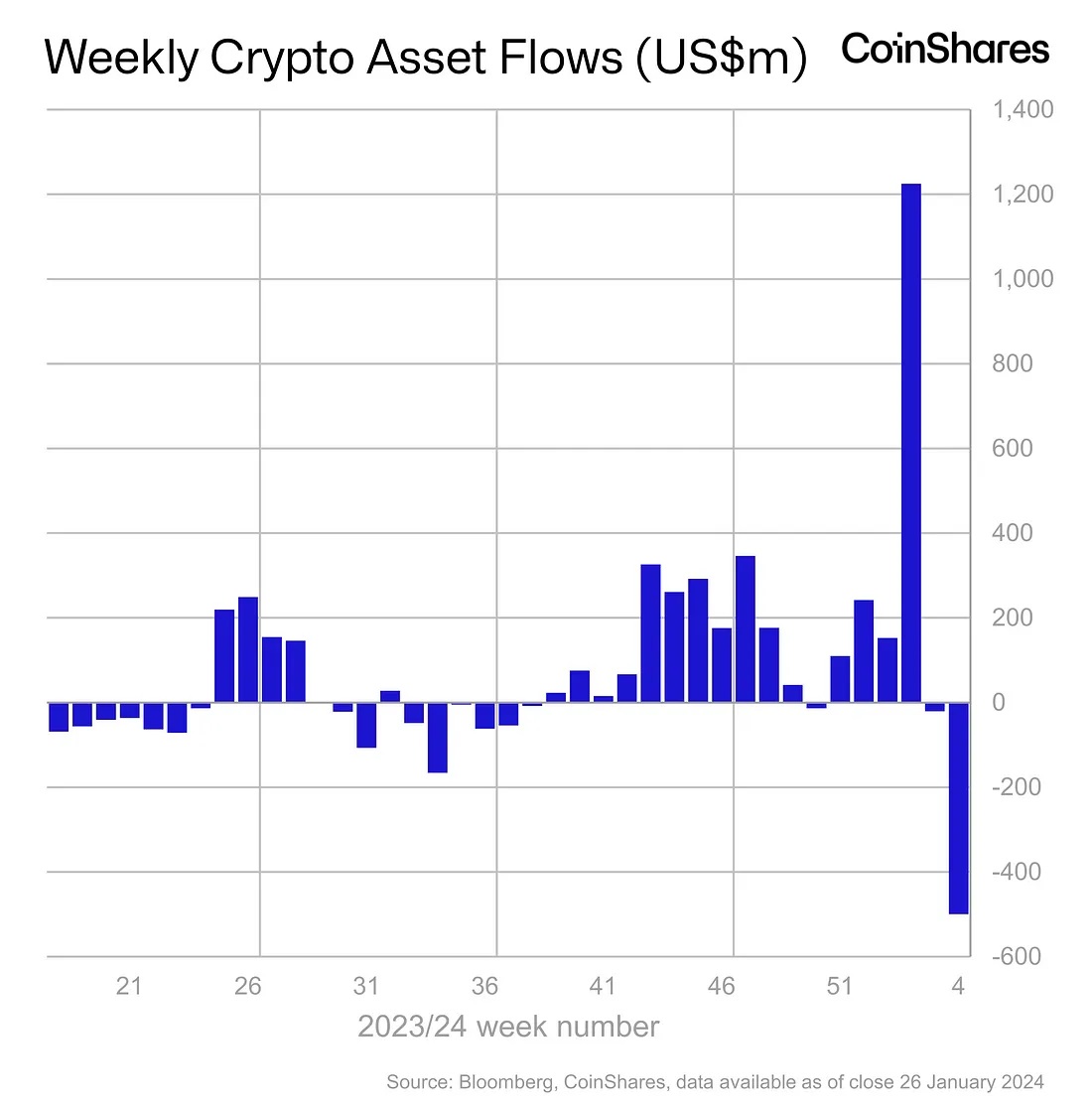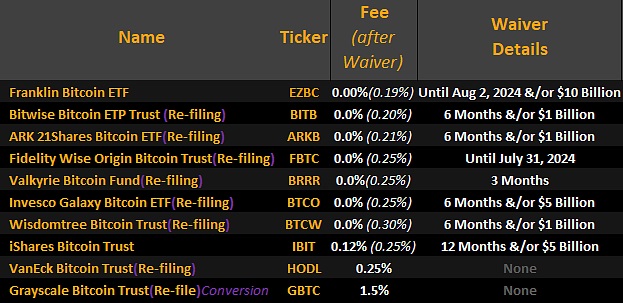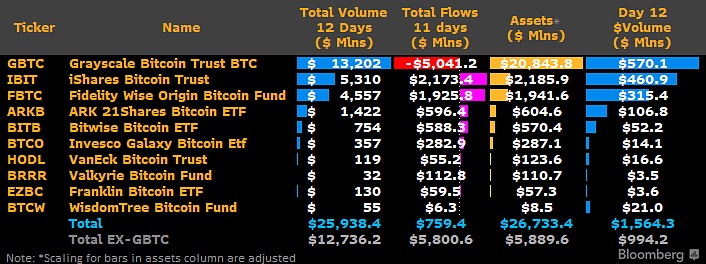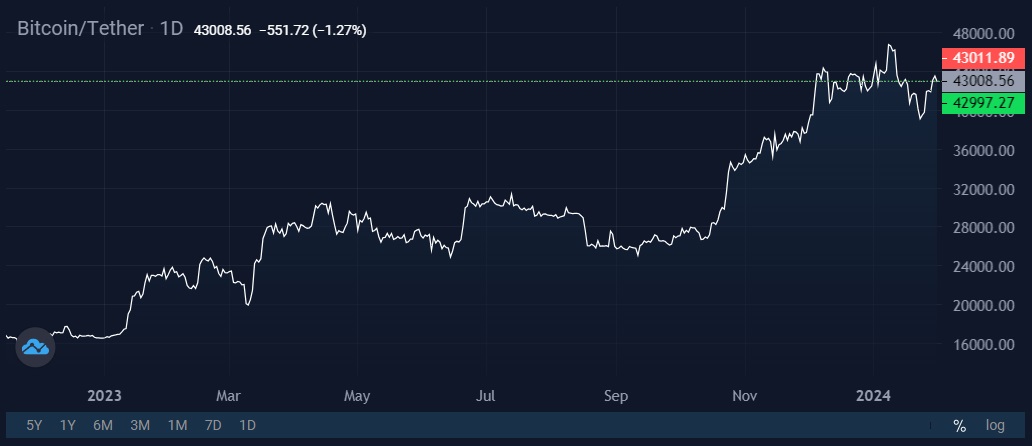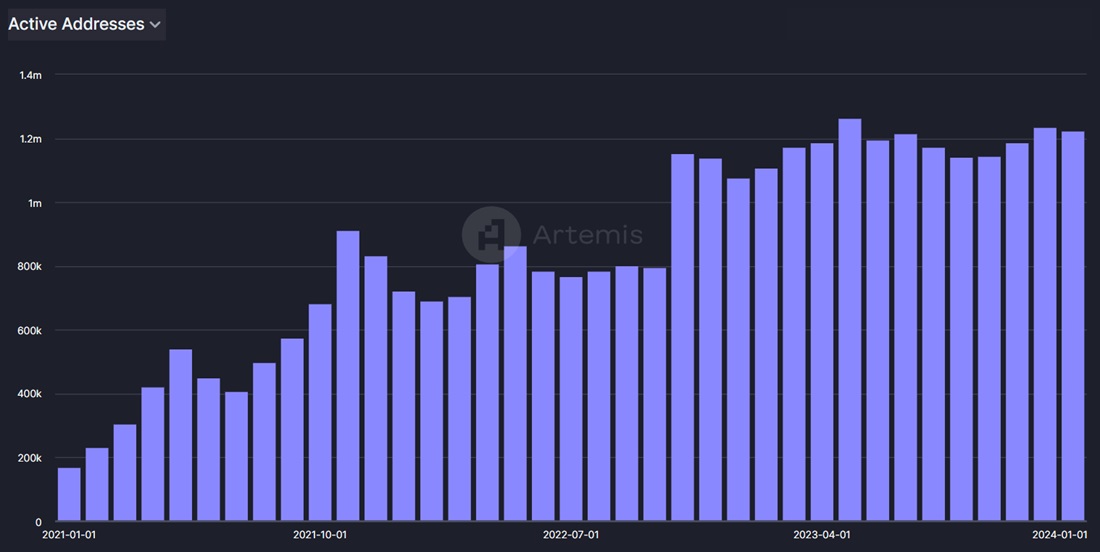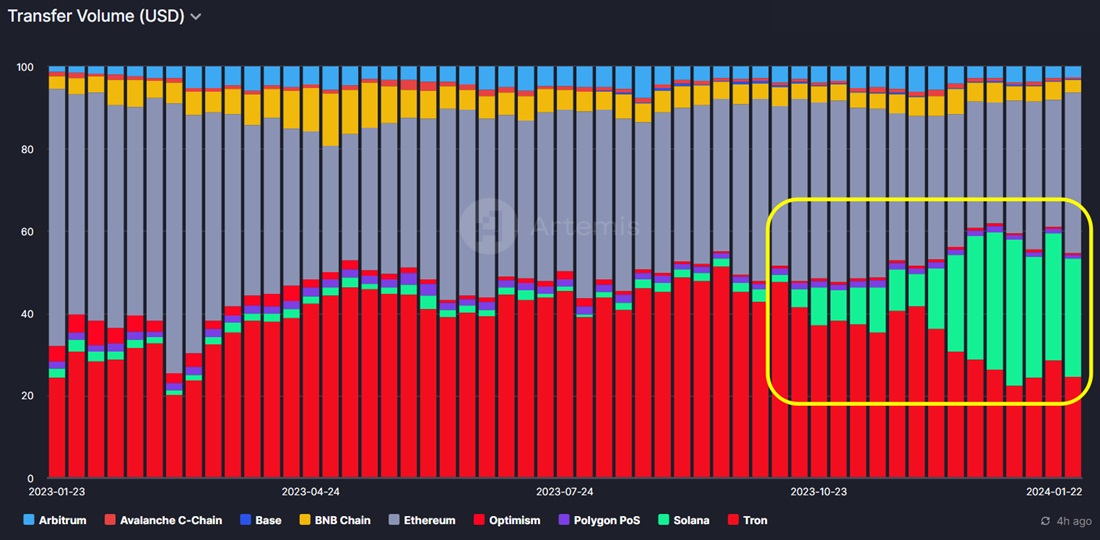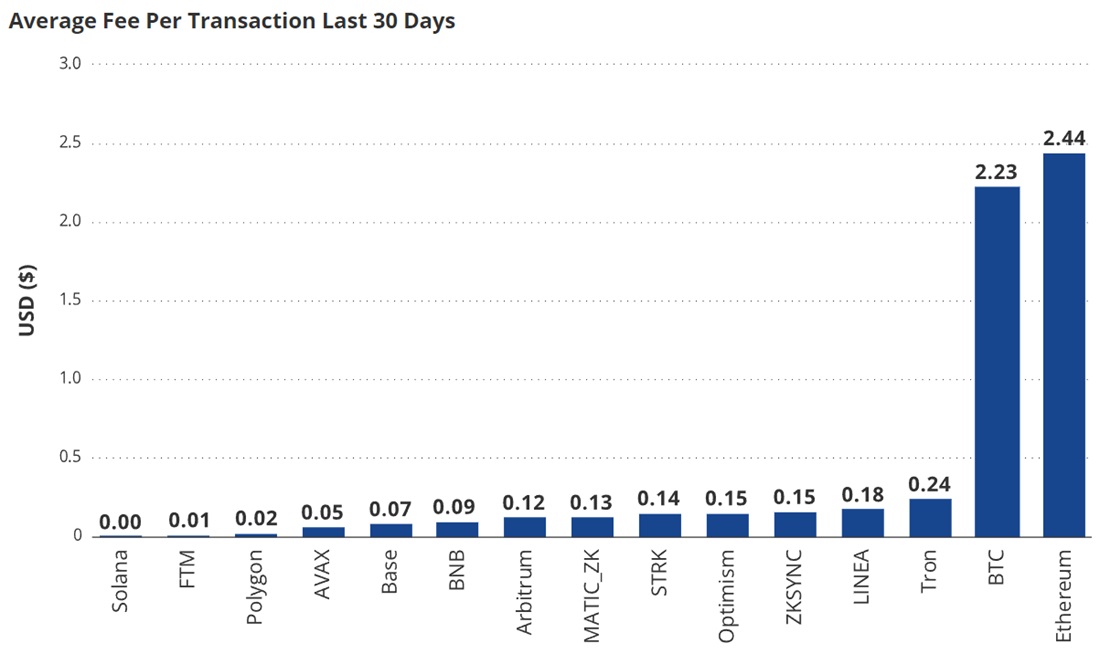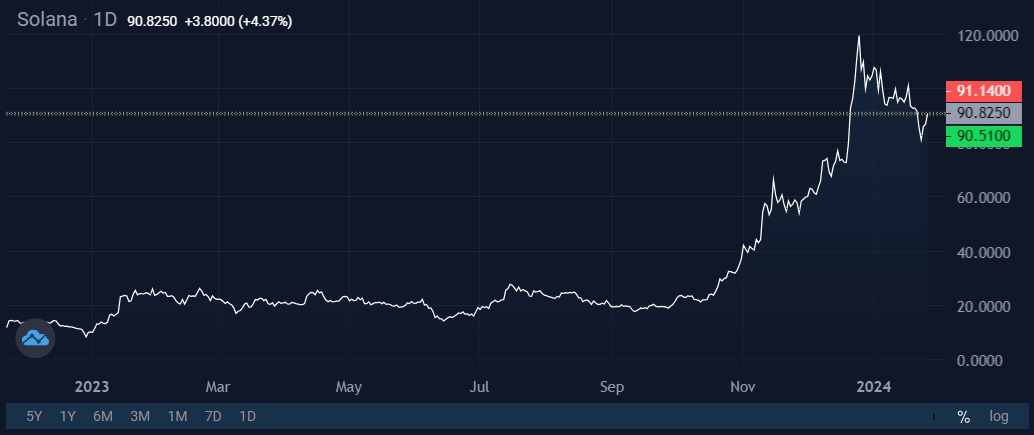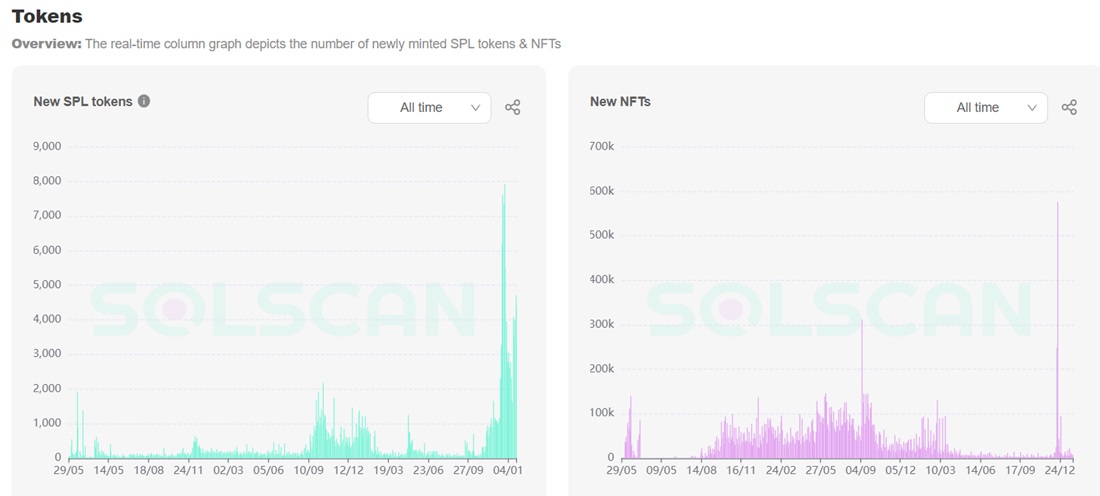31
Crypto-related Sites / Re: StormGain is a crypto trading platform for everyone.
« on: February 08, 2024, 09:59:42 AM »Binance is removing Monero. Is Litecoin next?
The de-listing of the anonymous Monero coin was a logical consequence of a pre-trial agreement between Binance and the US Department of Justice in November, under which government agencies were given unrestricted access to all documentation and the cryptocurrency exchange pledged to comply with international and US laws strictly.
Due to their complex architecture and transaction mixing, anonymous coins make it difficult for law enforcement agencies to track financial transactions. In particular, Monero uses ring signatures, where a transaction can be signed on behalf of a group by any of its members. This makes it virtually impossible to trace funds.
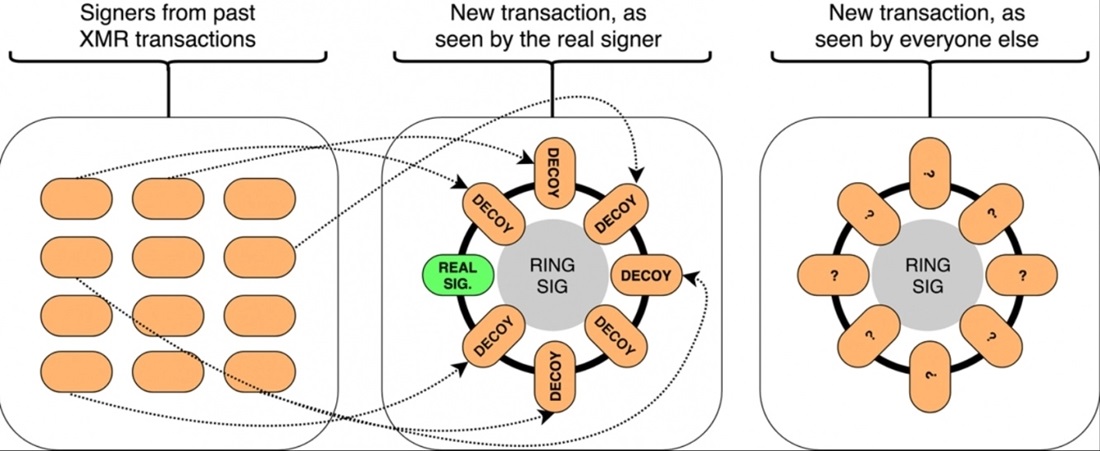
And while the cryptocurrency exchange previously highlighted privacy and the right to financial freedom as Montero's advantages, the official reason for the de-listing scheduled for 20 February was "failure to meet high standards".
After the news went live, Monero collapsed 26% to $122 and, in the overall ranking, fell to 39th place, with a capitalisation of $2.2 billion.
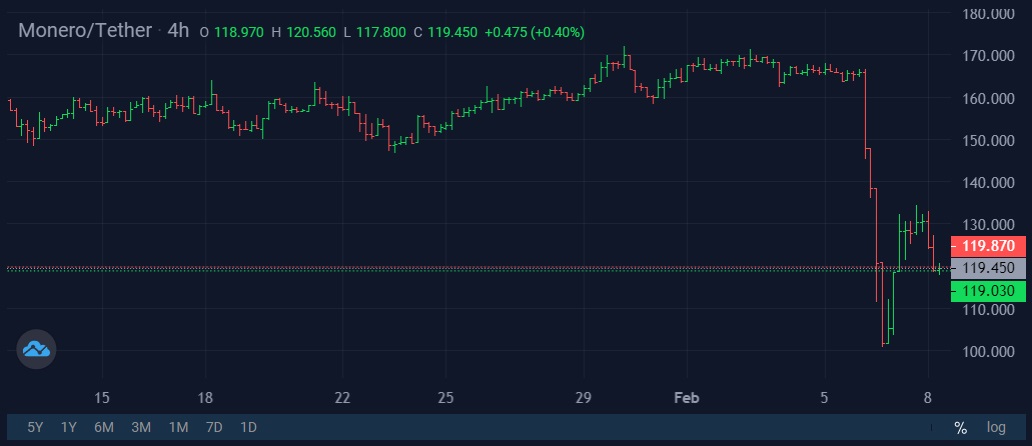
The backlash from market participants against supporting anonymous coins dates back to 2019 when the International Anti-Money Laundering Organisation FATF adopted a resolution on the need for cryptocurrency exchanges to comply with KYC and AML procedures. Since then, the trend has only gained momentum.
Binance, on the other hand, is now fully bound by the agreement, which hints at tightening conditions further. Litecoin might be next.
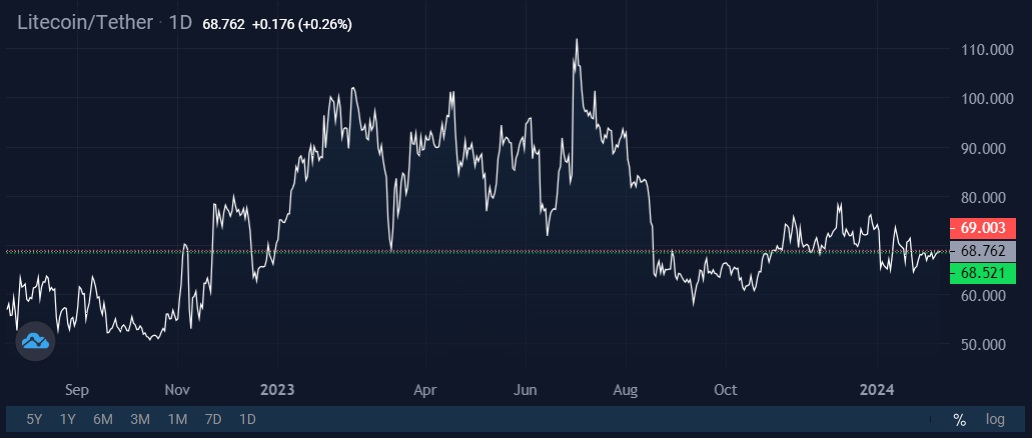
In May 2022, the MimbleWimble (MVEB) protocol was introduced to the network. It greatly enhanced privacy by combining a number of transactions into a single record that then become a set of random characters. MVEB isn't as anonymous as Monero or Zcash, but even this privacy level was enough to de-list Litecoin from major South Korean cryptocurrency exchanges in 2022.
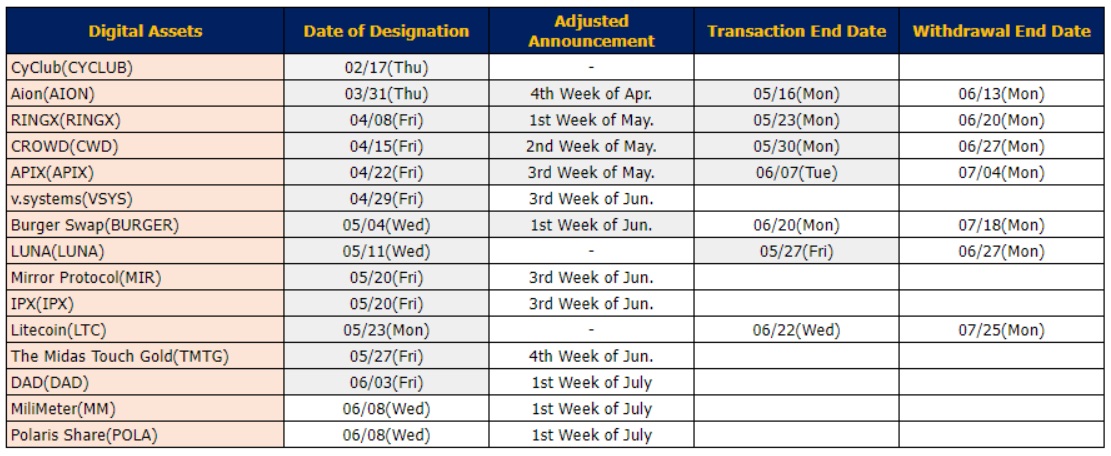
Binance is having a tough time. Its market share is down 19% in 2023, and the former head of one of the SEC's divisions, John Reed Stark, believes that a deal with the US government could bury the crypto exchange.
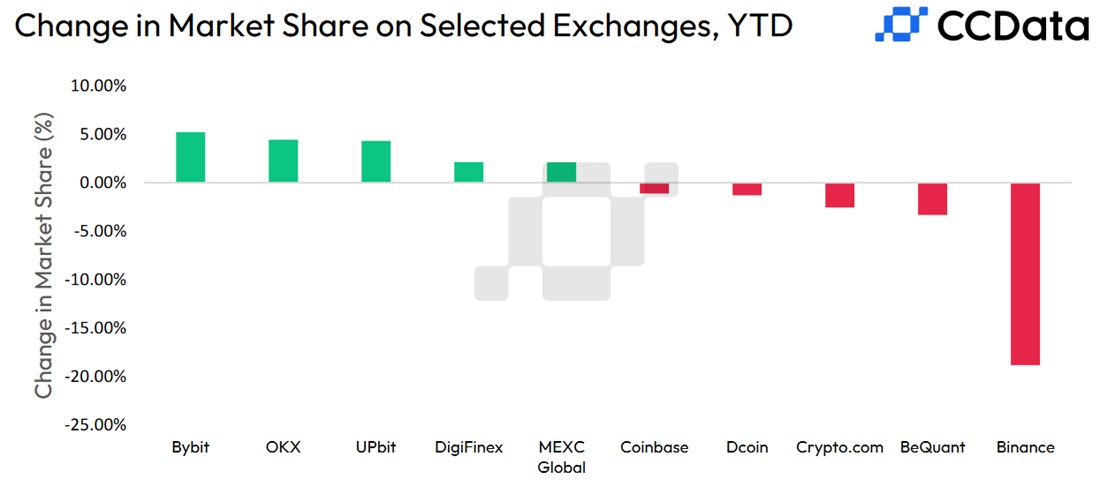
If regulators hint to Binance about Litecoin's excessive privacy, the coin will similarly disappear from the platform.
StormGain Analytical Group (https://stormgain.com/)
(platform for trading, exchanging and storing cryptocurrency)



 Latest news:
Latest news: 





 Shop
Shop
 Bidding Open
Bidding Open